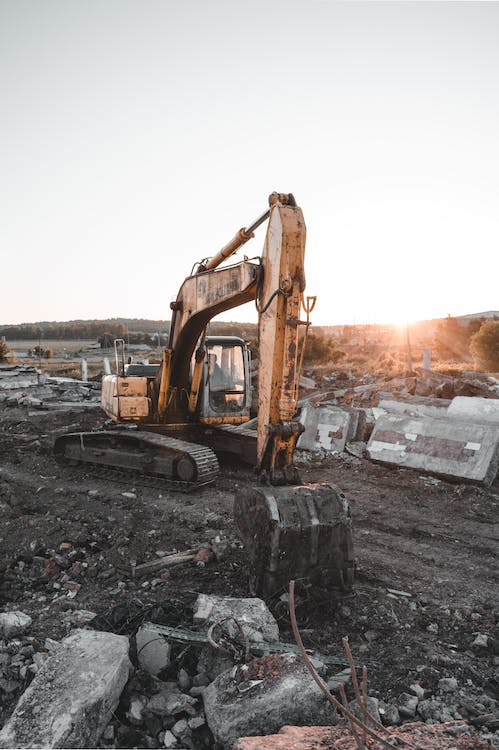MATERIALS MANAGEMENT PLAN (MMP)
Jomas can support all stages of the development of the Materials Management Plan (MMP) for brownfield or greenfield sites. We also provide the Qualified Person (QP) declaration to meet the requirements of the regulators.
On many construction projects, soil arisings from site level reduction, and excavations for foundations, service trenches, basements, roads, etc, can be significant. In the past, these arisings would be deemed as waste, and in the absence of an Environmental Permit (EP), issued by the Environment Agency, could not be reused legally. The process of obtaining an EP can take several months, and the alternative of off-site disposal can be costly, particularly where the soil is contaminated. This can often impact the viability of construction projects.
The Definition of Waste Code of Practice (DoWCoP) was developed to provide a simplified process for enabling the reuse of site derived materials, either on the site of origin, or on another nominated site.

The Code of Practice requires that a Materials Management Plan (MMP) is produced, and specifies what information must be provided to support the submission. Crucially, the MMP must demonstrate the material will be deposited in the appropriate manner, and will not pose unacceptable risks to human health or the environment. The MMP should be finalised at the design and planning stage of a project, and must be reviewed by a Code of Practice Qualified Person (QP), with final sign-off by the regulator.
Both clean and contaminated material may be used under an MMP. However, it must be demonstrated that contaminants will not result in increased risks to human health and/or the environment. Where necessary, it is also possible to treat contaminated material prior to re-use on a project under the Code of Practice.
The CL:AIRE Definition of Waste Code of Practice sets out four main objectives for the use of material, not deemed as ‘waste’. The Materials Management Plan (MMP), must contain sufficient information to demonstrate these requirements are met.
Protection of Human Health and the Environment – sufficient technical assessment is required, with remediation undertaken as necessary, to ensure the material will not pose an unacceptable risk of pollution or harm to human health and the environment.
Suitable for Use – The material must be suitable for the intended use, particularly in terms of its chemical and geotechnical properties. Excavated materials that are suitable for use without requiring treatment are unlikely to be deemed as waste. Material requiring treatment may be considered waste until it has been treated and is subsequently considered suitable for use.
Certainty of Use – It must be established and demonstrated via the MMP, that the material is required for the proposed end use, before it is excavated. If planning permission is necessary for the soil movement to take place, this should be obtained.
Quantity of Material Required – The volume of material required to meet the design requirements, must be established.
Jomas team has experience across a wide range of earthworks related projects, facilitating cut and fill operations and retention of soil on site, or recovery to another site. Jomas assist in the development and application of MMPs in coordination with contractors, design teams, engineers, surveyors, architects and land developers, as necessary. We can provide advice and input at any stage of the development of the MMP, assisting on brownfield or greenfield sites. We can also undertake any necessary technical assessments and investigations, and provide the Qualified Person declaration to meet the requirements of the regulator.
We always advice that material mass balance calculations/cut and fill volumes are considered early in the project lifecycle, which enables materials from on-site or another site to be incorporated into the scheme design. This can produce significant advantages in terms of programme/timescales, waste disposal volumes and cost, vehicle movements. This enables a more sustainable approach overall.
